JHP Newsletter - 2009, No. 2, 26 February
Greetings from Arches National Park!
Equipment: iView Media Pro
iView Media Pro has become part of my workflow for high-volume wildlife shoots. It's marketed as an image management tool for importing, annotating, organizing, and archiving images, but I don't use it for that. I first started using it to put together quick-and-dirty slide shows, and have recently used it to perform the initial edit of images, mostly for wildlife where lots of images are captured. It's a very quick way to go through RAW images (it operates on the embedded JPEG) to throw out images that are definitely not sharp or that are framed poorly (like a cut off wing tip). It's much faster than using Capture One, which operates directly on RAW images (not the embedded JPEG), and on my recent Wildlife Models Tour, it significantly reduced the time required to perform the initial edit of the images I captured. I still use Capture One for the final editing because it's possible to view the RAW image (not the embedded JPEG) at 100% to check sharpness. I only use iView to toss images that are definitely not sharp.
iView Media Pro is now known as Microsoft Expression Media.
Travel: Winter Wildlife Tour
My Winter Wildlife Models photo tour near Bozeman, Montana, at the end of January was a big success! We had three and a half great days of shooting wildlife models in the snow, including falling snow one day! The cutest animal we shot was a two-month old cougar cub (below left). We shot gray wolves on two different occasions including once while it was snowing (below right).
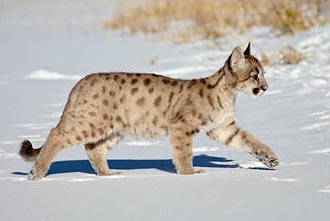
1/1000 sec, f9.5, ISO 320
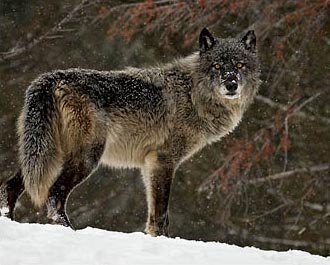
1/750 sec, f11, ISO 400
The most exciting animal we shot was a Siberian tiger. We shot him on a frozen pond, and we were "protected" by a hot wire. Well, the tiger probably assumed that the wire was hot because it was trained to recognize a hot wire and the trainers kept saying "hot, hot," when the tiger got close to it, but it wasn't actually hooked up to any electricity. Shortly after we started shooting the tiger, the trainer had the tiger run straight towards us, and it was very exciting as the tiger slid right up to the hot wire on the ice! We had many great opportunities to shoot him as he ran straight towards us (below left) and posed for portraits up close. We also shot some smaller animals including an American marten (below center). My favorite image of the trip was of a snow leopard (below right). In addition to the species mentioned already, we also shot badger, black bear, grizzly bear, bobcat, adult cougar, red fox, Canadian lynx, Eurasian lynx, and raccoon.
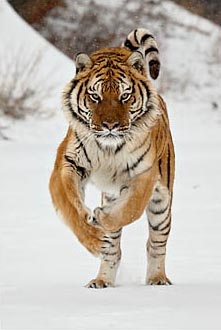
near Bozeman, Montana, USA
(at 235 mm), 1/500 sec, f8, ISO 500
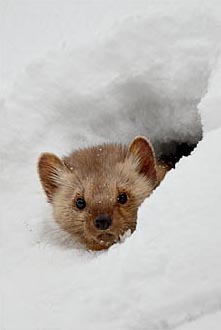
near Bozeman, Montana, USA
(at 340 mm), 1/350 sec, f9.5, ISO 500
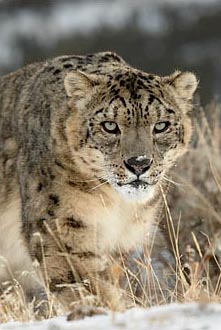
near Bozeman, Montana, USA
(at 300 mm), 1/500 sec, f8, ISO 640
Travel: Yellowstone National Park
After leaving Bozeman, we spent five (5) nights in Yellowstone National Park. There was plenty of snow, but not as many good wildlife photography opportunities as last year. Late one morning on our way back from the Lamar Valley, we had a great opportunity to shoot a coyote going up a hill near the road (below left). The most interesting shots were of an American dipper, a small diving songbird. There were several near the confluence of Soda Butte Creek and the Lamar River, and one afternoon I went over the snow bank by the road and down to water level to shoot them. I was able to get amazingly close and the birds kept feeding (below right)!
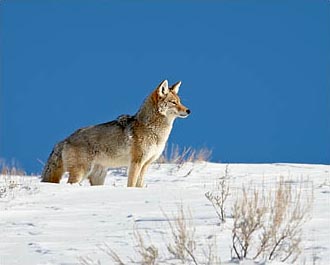
1/350 sec, f11, ISO 160
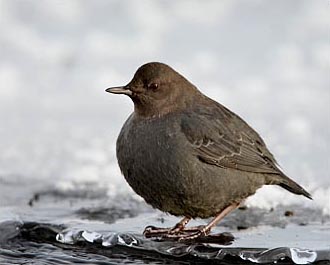
1/500 sec, f9.5, ISO 400
The trip was very good for shooting landscapes, and we spent one morning at Mammoth Hot Springs. While walking up the hill from Palette Spring to Minerva Terrace, I spotted a nice cluster of three twigs (below left). Higher up at Main Terrace, the rising steam created a lot of atmosphere (below right).
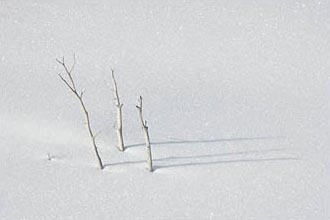
1/90 sec, f16, ISO 100
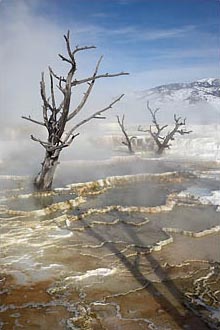
1/90 sec, f16, ISO 100
Travel: Farmington Bay And Antelope Island, Utah
In mid February, we went to Farmington Bay, Utah, which is near the eastern-most part of the Great Salt Lake. Every year in mid to late February, bald eagles gather at the Farmington Bay Waterfowl Management Area to feed on the carp that die when ponds are drained. We spent two spectacular days shooting the eagles, with as many as 20 eagles visible at one time. We shot from the car, which acted as a blind, and were able to capture eagles flying in to land (below left) and perched in the shallow water (below right).
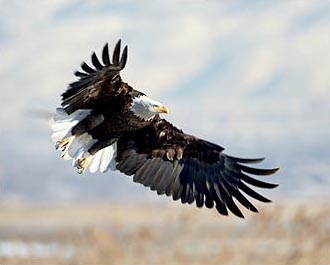
1/500 sec, f8, ISO 200
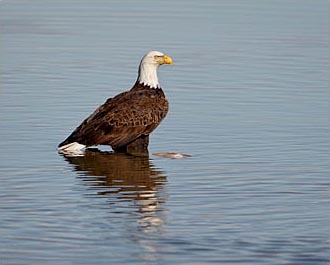
1/1000 sec, f8, ISO 200
The Wasatch Mountains to the east created a nice background for some of the flight shots (below left). In addition to the eagles, there were several Northern harriers that kept making the rounds while hunting (below right). One afternoon, we also shot American pelicans in breeding plumage, American coots, and pied-billed grebes.
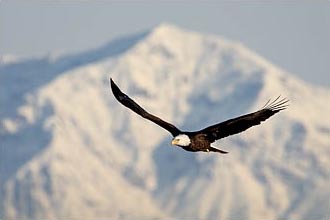
1/2000 sec, f9.5, ISO 400
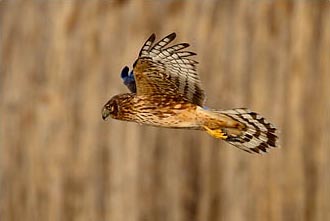
1/500 sec, f8, ISO 400
Because the weather deteriorated at Farmington Bay, we headed up to Antelope Island State Park, Utah, a location we first visited in January on the way up to Bozeman. Antelope Island is the largest island in the Great Salt Lake and is connected to the mainland via a causeway. The birdlife along the causeway is spectacular! In January, we were able to shoot a very cooperative juvenile rough-legged hawk right next to the road, Nothern shovelers, common goldeneyes, Northern harriers, and even a peregrine falcon. The ducks weren't as plentiful in February, but we were treated to hundreds of tundra swans! They were a bit shy, so we could only get images of groups of birds. One morning, we were able to get some nice images of the blacktail jackrabbits that live in the campground (below left). A female rough-legged hawk was very cooperative (below right), and we were also able to get some decent shots of a male and female American kestrel perched next to each other.
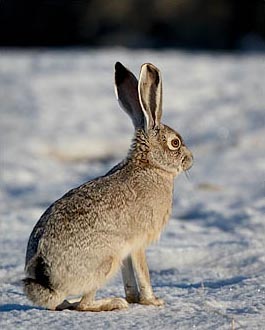
1/2000 sec, f8, ISO 400
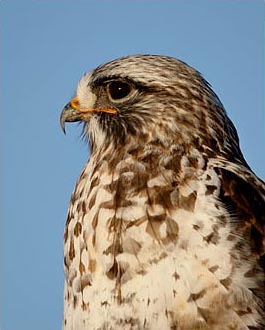
1/750 sec, f11, ISO 400
We're enjoying our time here at Arches, and I'll tell you about that next time.
Take care and happy shooting.
— James
James Hager Photography :: www.jameshagerphoto.com




